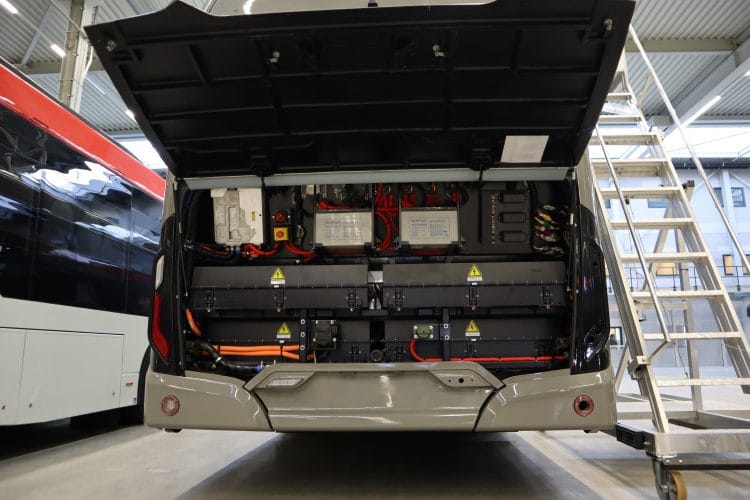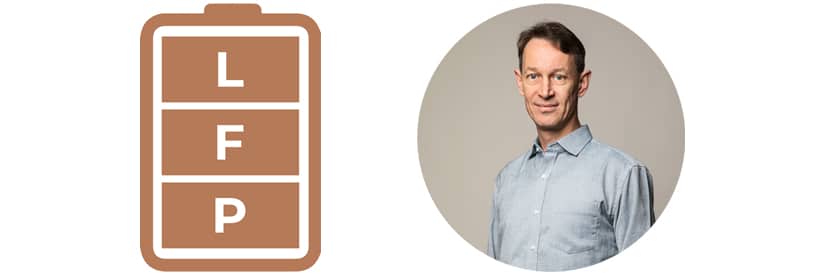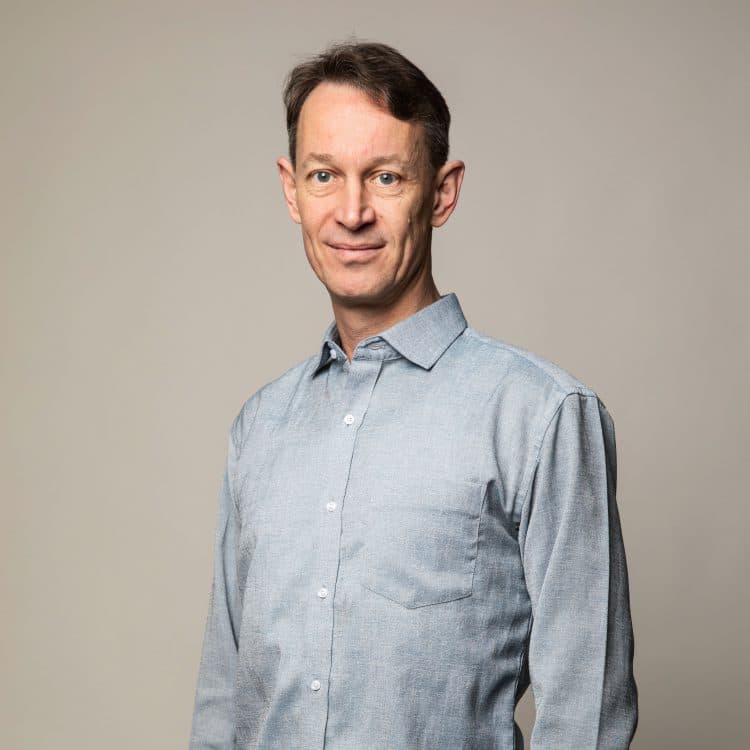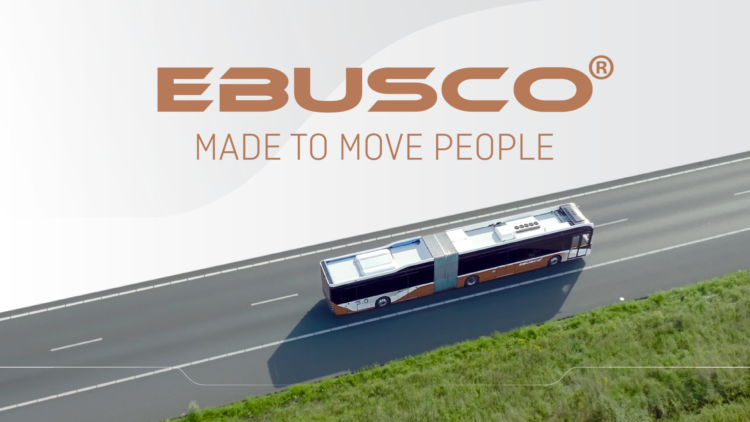The battery packs are the most important part of the electric bus, says Patrick Heuts, innovation manager at Ebusco. And to guarantee a stable basis, the bus manufacturer based in Deurne, Netherlands, has been promoting LFP (lithium, iron and phosphate) technology for many years and advises against rapid charging.
BY GUUS PUYLAERT
OV MAGAZINE, JUNE 2020

“Our buses can carry up to 90 passengers with an on-board capacity of 400 kWh, compared with 200 kWh ten years ago.”
These are two choices that the company likes to bring to the attention of its customers, says Heuts. It actually makes perfect sense: “The more energy capacity a battery has, the less weight and volume are needed and the longer the range. And the more cycles the battery packs can perform, the longer the battery will last before it is exhausted. In the long run it’s cheaper.”
Intensive use
The energy density and the number of battery cycles thus determine a bus’s range. “In the Netherlands, 500 km per day is pretty good. With the Ebusco 2.2, we can drive 80% of Dutch daytime routes without recharging, so the city market is well covered. For the other 20%, route schedules can be adjusted if necessary, or those 500 km can be covered by the Ebusco 3.0.” That includes regional routes such as Groningen-Drenthe, which often need a few more kilometres. Here, though, Ebusco has chosen a different solution: interim recharging. “These regional lines are mainly used in rush hours, by people going to work or school. The rest of the day they’re not so busy, so it’s okay to recharge them then. That means two battery cycles in one day, which is fine.”
Patrick Heuts: “We prefer overnight recharging in the depot to opportunity charging along the way.”
Fast charging best avoided
Interim ‘opportunity’ charging is not advisable. With fast charging, the battery wears out more quickly, Heuts explains, because you are carrying out more cycles and recharging the battery more often before it’s empty. “Fast chargers are expensive and error-prone units, and you have to set up separate charging stations, usually in the centre. It demands a lot of power from the grid, and the entire power network has to be able to cope with that. Since battery technology is developing so rapidly, you have to ask whether it’s worth the investment.” It’s better to recharge overnight in the depot. “We will always recommend that,” says Heuts. “You don’t have to charge all your buses at once. You can plan for that and it places less of a burden on the electricity grid.” Nevertheless, some customers – in Utrecht and Dordrecht, for example – opt for opportunity charging in addition to plug-in charging. “Many decisions are taken on the basis of information from the past. And some bus drivers don’t like having to plug in. At the end of the day, it’s the customer who decides, and we want to win those orders.”
‘LFP technology is cleaner and cheaper’
Ebusco has long favoured LFP technology (lithium, iron and phosphate) for its battery packs. “To be able to charge quickly, competitors used to choose small battery packs based on NMC technology using lithium, nickel, manganese and cobalt. The energy density of LFP was much lower then. But now that batteries have been further developed and our success speaks for itself, our bus concept is being copied by competitors, and fortunately LFP is becoming much more popular.” The main advantage of LFP, according to the innovation manager, is safety. “It’s still a chemical process. NMC is less stable and more difficult to control. If there is an overheating problem, the temperature rises by 154 degrees per second. This produces a kind of chain reaction which causes batteries to explode. With LFP, the temperature rises by a maximum of 7 degrees per second. This means you don’t need separate cooling, and if the temperature rises you can intervene in time.” The robust LFP system can cope with heavier loads while driving. “After all, it’s a big ask draw so much (peak) current from a battery over long periods,” says Heuts. “Moreover, NMC relies on cobalt or nickel which has to be extracted from African or South American mines. So LFP is much cleaner and certainly cheaper.”
Charging rate
Large LFP-based batteries also deliver the required charging power. “The C-rate refers to how fast the battery can be charged. The faster the rate, the more cycles it can perform. The magic threshold is 1C. At 2C, the chance of batteries overheating is greatest, so it’s a matter of getting the right balance.” Ebusco achieves rates below 1C with battery packs of about 400 kWh, says Heuts. “Of course, installing more batteries means more weight and more volume. But we put in as many batteries as space and weight will allow: we are guided by the number of passengers. Our buses can carry up to 90 passengers with an on-board capacity of 400 kWh, compared with 200 kWh ten years ago. That’s a very pleasing development.”
Source: OV magazine (NL), https://digitals.acquire.nl/mobiliteit/ov-magazine-2-2020
 English
English  Nederlands
Nederlands  Deutsch
Deutsch  Français
Français  English (Australia)
English (Australia) 

